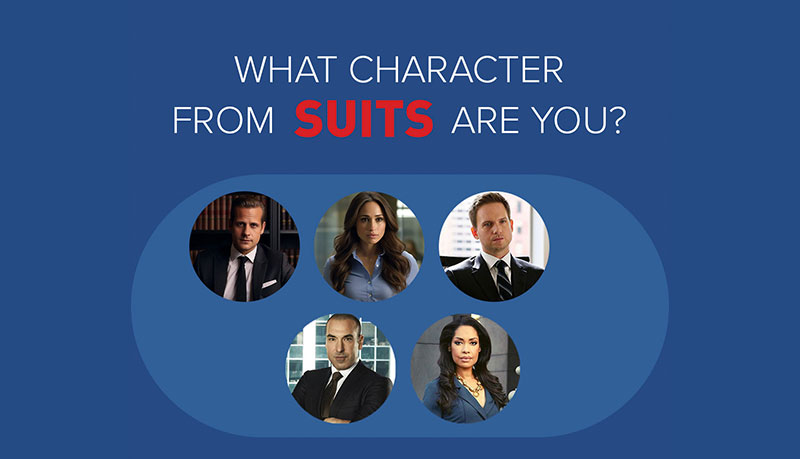Basic formal logic is an absolute must-know to perform well on the LSAT. If you do not have some basis in logic, you must speak to your tutor about it or find a good source of rules and drills.
That said, most students fairly quickly come to understand how to diagram if/then statements, the necessary and sufficient conditions, and how to take the contrapositive. One place that students continually get tripped up is in the use of “unless.” This is because the way “unless” is rendered in formal logic is not readily apparent. Here’s how to do it.
Take the following example:
“Unless Sue bought a ticket, she will not go to the game.”
The easiest way to render this as a rule is to make the condition modified by “unless” the neccessary condition (to the right of an arrow) and make the other condition the sufficient condition which must also be negated. It looks like this:
Sue will go to the game –> Sue bought a ticket
Don’t forget to take the contrapositive of this as well:
Sue didn’t buy a ticket –> Sue will not go to the game
“Unless” logic appears quite often in logical reasoning passages. If you have any questions, please feel free to post in comments or email us.
Next Step Test Preparation provides complete courses of one-on-one tutoring with an LSAT expert for less than the price of a commercial prep course. Email us or call 888-530-NEXT (6398) for a complimentary consultation.



